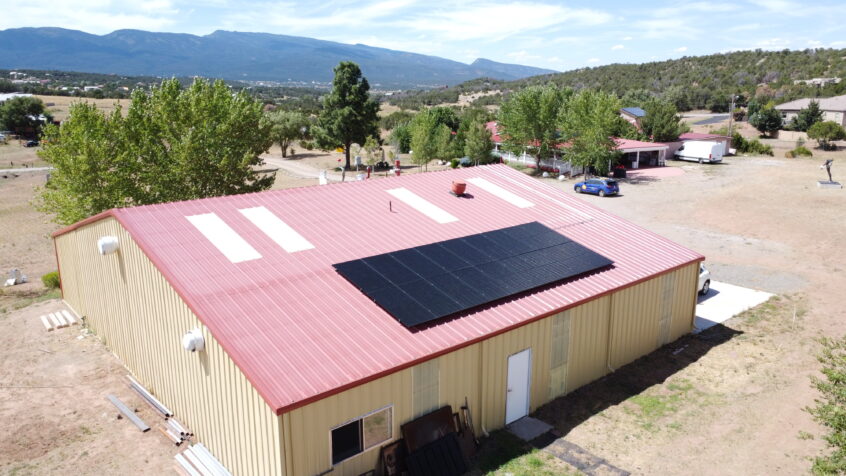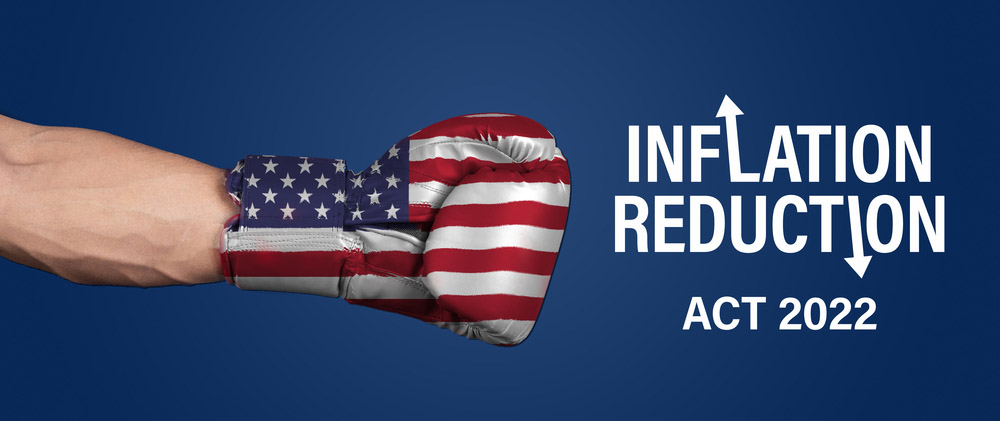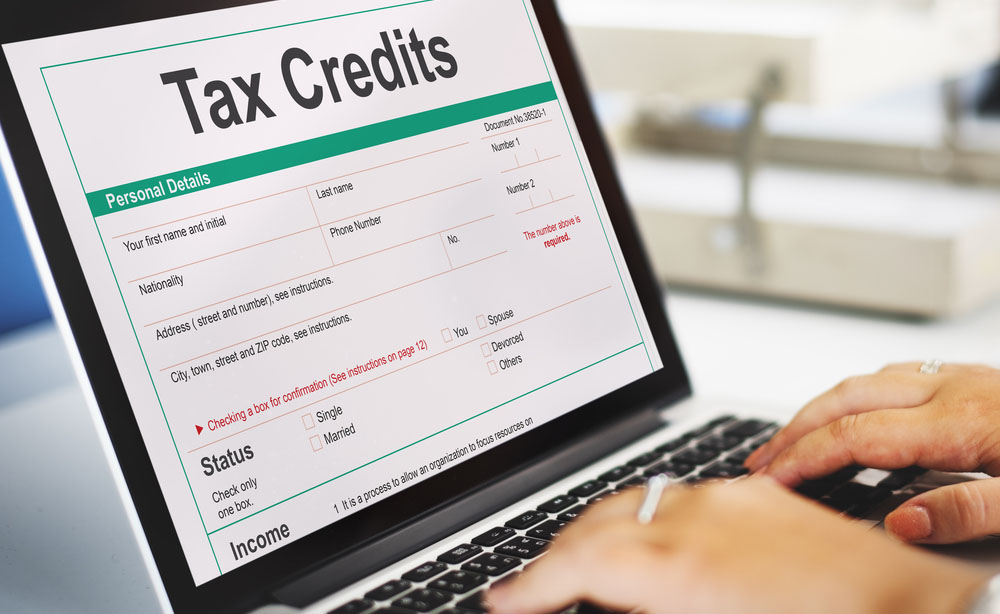The Inflation Reduction Act (IRA) was a ground-breaking budget reconciliation package passed this year. While it did face some backlash, it earned more than two-thirds of popular support in the US.
However, the public isn’t the only one that will benefit from the Inflation Reduction Act. Investors, entrepreneurs, and anyone tied to the solar industry should take note. Let’s talk about the monumental impact of the Inflation Reduction Act on the solar industry!
What Is the Inflation Reduction Act?
In response to the growing demand for climate action, congress introduced the Inflation Reduction Act signed into law in August of 2022. This bill aimed to reduce US carbon emissions by 42% by 2030, which is close to President Biden’s goal of 50%.
The bill had several target areas, including changes to the tax code to fund these new programs, an expansion of the IRS, and a few changes to our healthcare system. However, the bulk of the spending on this $369 billion package aims to address our energy consumption. Primarily, this is in the form of tax credits for:
- Solar panels
- Heat pumps
- Residential fuel cells
- Certain electric vehicles
- Electric vehicle charging stations
Of course, we’re here to talk primarily about solar panels in relation to the Inflation Reduction Act. Still, you can see how a residence with all of the above could easily achieve net zero emissions at home. That’s what makes this bill the most substantial climate bill passed in the United States by a large margin.
Clearly, it’s a boon for our climate goals. So, what gives it the teeth that it needs, and how will it impact the solar industry? Well, tax credits.
How Do Solar Credits Work?
How are tax credits going to solve our energy problems, you ask? Well, the Inflation Reduction Act solar tax credits offer homeowners, investment property owners, and commercial property owners a 30% tax credit on any new solar panel installation costs.
Now, it’s important to understand that this credit won’t increase a W2 employee’s tax returns. Instead, it will offset what you owe. This way, a full-time landlord can install solar panels on their properties and potentially offset their entire tax bill for the year.
You may be wondering if that’s too exclusive. Well, there are over 45 million rental units in the United States owned by independent landlords and over 15 million self-employed individuals. All of these people tend to owe tax bills at the end of the year, as do many employees.
By offsetting the cost of installation, more homeowners and investors will choose to purchase solar panels. Considering the long-term energy savings, emissions reductions, home value increase, energy independence, and new tax credits, it’s too good of a deal to pass up.
How Will This Change the Solar Industry?
So, a 30% tax credit that doesn’t apply to everyone? How can that possibly change the solar industry? Let’s find out.
Expanding the Customer Base
One of the most impactful ways the IRA will change the solar industry is by allowing more people to participate. Even a decade ago, rooftop solar panels were considered a status symbol, as panels and installation were so expensive.
Since then, the cost of solar panels and installation has decreased dramatically. This was largely due to improvements in manufacturing and the increase in competition with the introduction of many new solar companies.
However, solar panels still cost money. As a result, many households cannot afford to install them. The new 30% tax credit makes them far more attainable for the average household, which dramatically expands the target audience in the solar industry.
Believe it or not, the average cost of solar panels dropped by 85% between 2010 and 2020. Adding a 30% government-issued credit on top of that opens the floodgates for the industry.
Improving Energy Storage
Many people don’t want to invest in solar panels because they don’t understand how they work. The energy homeowners obtain can go back to the grid, which can offer them tax credits.
Still, if they want to live off the grid or achieve energy independence at home, the Inflation Reduction Act addresses this. Again, home fuel cells will also receive the same tax credit, making home energy storage more attainable for the average homeowner or investor. Check out the pros and cons of fuel storage to learn more.
Security
You could argue that the biggest impact of the Inflation Reduction Act is that it guarantees up to a decade of subsidy and federal investments on top of existing state-level investments. This ensures that the industry will maintain high levels of investment for years to come.
Moreover, many solar companies already experience this security, as many remain booked throughout the next couple of years already! Partly, this is a result of the Inflation Reduction Act’s increased demand, which is causing existing companies to expand and new ones to form every day.
This increase in demand will inevitably spark greater innovation, competition, and more. In the coming years, this will translate to even greater savings for consumers, potentially driving even further demand increases. Overall, now is a great time to join the industry!
See the Benefits For Yourself
Now that you know why the Inflation Reduction Act is such a game-changer for the solar industry, you can see why companies are thriving and panels are flying off the trucks! Especially if you live in a place like New Mexico, there’s never been a better time to invest in solar panels for your home or business.
Stay up to date with our latest solar news, and don’t hesitate to contact us with any questions or to get a quote!



